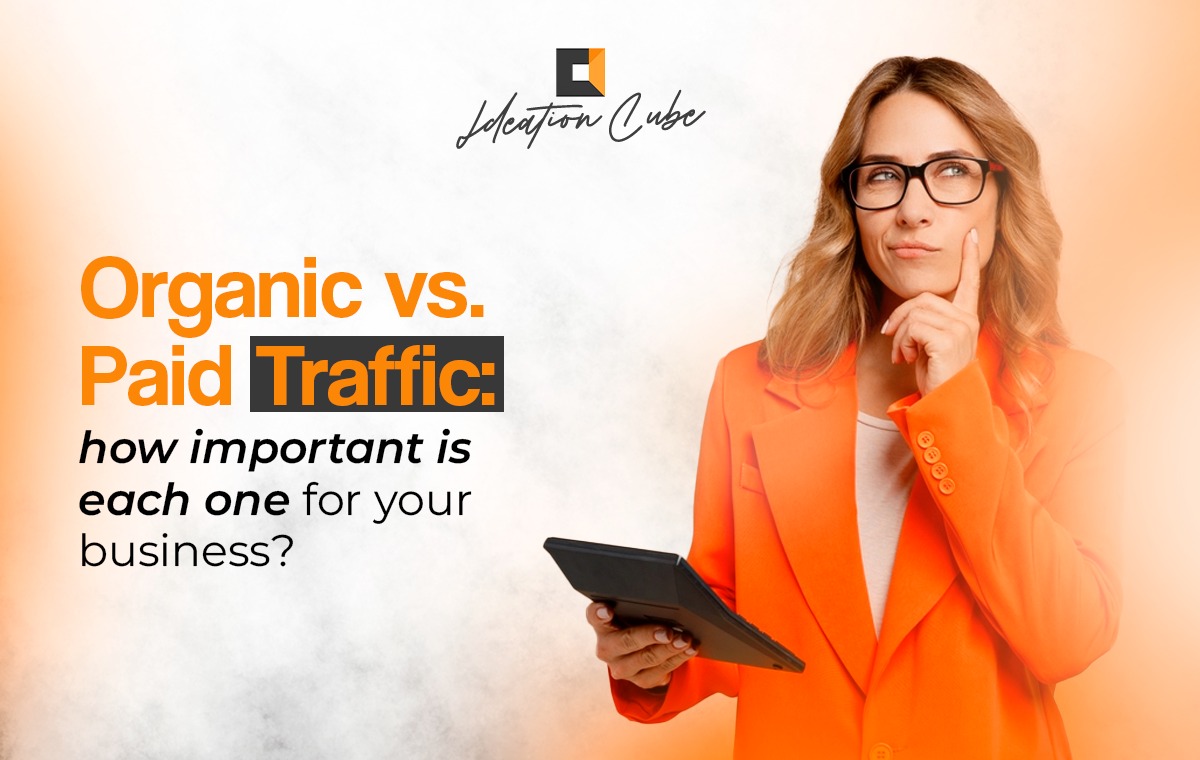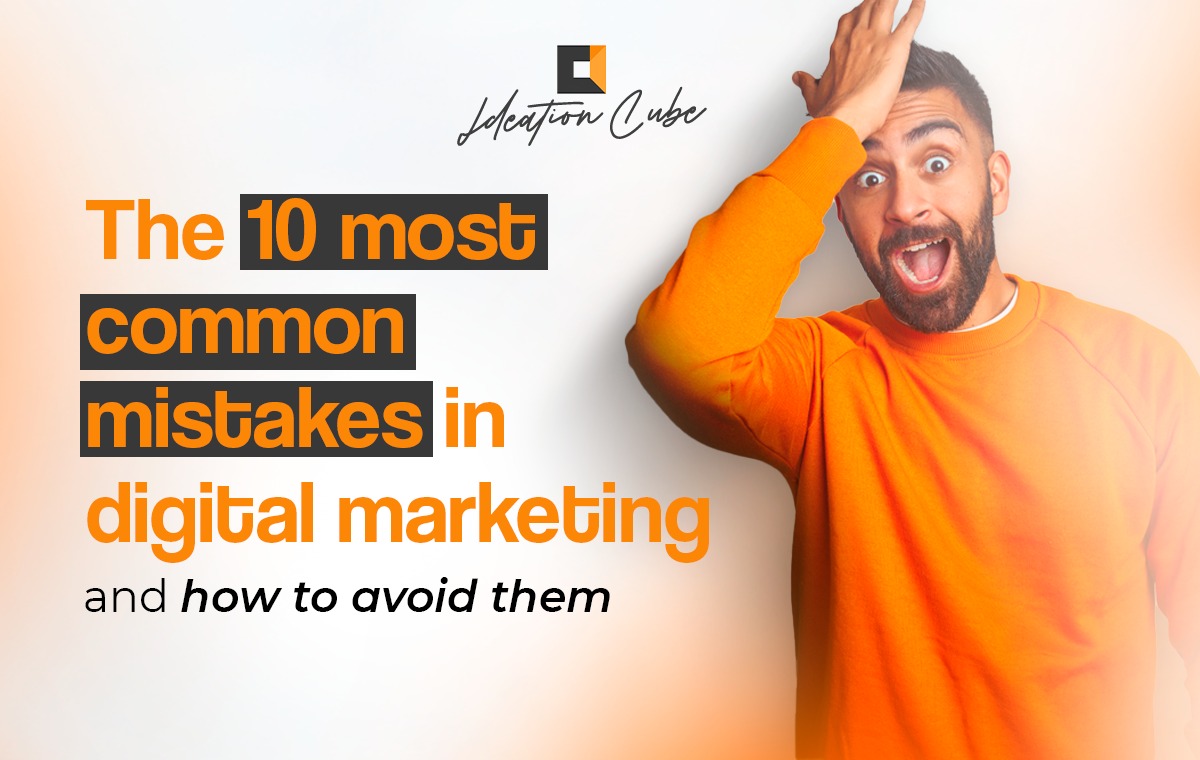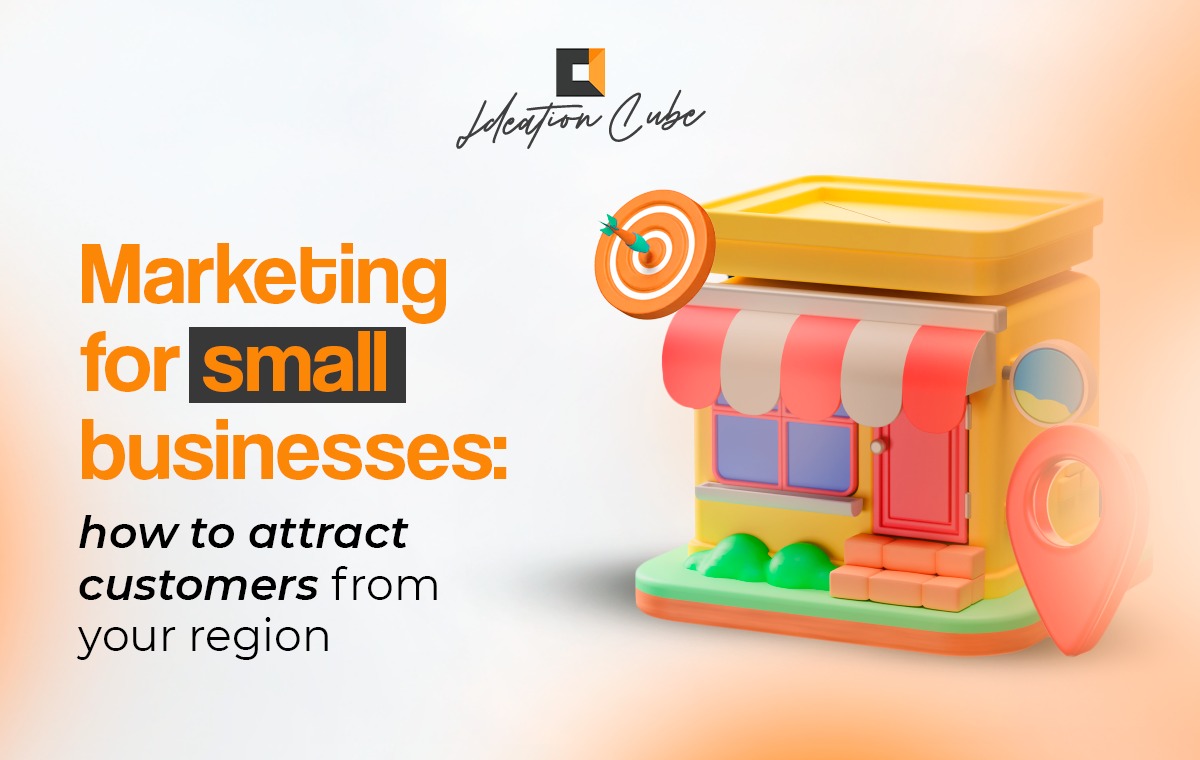In the digital marketing world, visibility is key to attracting new customers and increasing sales. Two of the most effective ways to achieve this are through organic traffic and paid traffic.
But which strategy is best for your business? The answer lies in finding the right balance between the two. Let’s break down each approach and how they complement one another.
What is Organic Traffic?
Organic traffic refers to visitors who land on your website or social media pages naturally, without direct payment for clicks. It primarily comes from:
- Search engines (Google, Bing, Yahoo) through SEO (Search Engine Optimization).
- Social media when users find and engage with your content organically.
- Referral traffic from other websites, blogs, or news portals linking to your brand.
- Email marketing, provided it is not part of a paid campaign.
Benefits of Organic Traffic
- Low long-term cost – While it requires investment in content creation and optimization, organic traffic does not rely on ongoing ad spending.
- Increased credibility and trust – Websites that rank well organically are seen as more trustworthy by users.
- Sustainable results – Unlike paid ads that stop when the budget runs out, organic traffic can bring consistent visitors over time.
- Better user experience – SEO prioritizes site structure, speed, and responsiveness, leading to a smoother navigation experience.
- Higher social media engagement – High-quality content is more likely to be shared and commented on, expanding its reach.
Challenges of Organic Traffic
- Takes time to generate results – Achieving high search rankings doesn’t happen overnight.
- Competitive landscape – Outranking competitors requires a well-planned strategy.
- Constant algorithm updates – Search engines and social media platforms frequently update their ranking criteria.
- Demand for high-quality content – Consistently producing engaging, well-optimized content requires time and expertise.
What is Paid Traffic?
Paid traffic refers to visitors acquired through advertisements on various platforms, such as:
- Google Ads (Search, Display, and YouTube ads).
- Meta Ads (Facebook and Instagram advertising).
Benefits of Paid Traffic
- Immediate results – Campaigns begin generating traffic as soon as they are launched.
- Highly targeted reach – Ads can be customized based on age, location, interests, and behaviors.
- Scalability – The more you invest, the greater the reach and impact.
- Real-time performance tracking – Platforms provide insights to optimize campaigns on the go.
- Multiple ad formats – Text, image, video, and interactive ads provide diverse engagement options.
Challenges of Paid Traffic
- Ongoing costs – If you stop paying for ads, traffic immediately drops.
- High CPC in competitive industries – Some keywords and audience segments have a high cost per click.
- Dependence on platform policies – Ad guidelines and restrictions can change at any time.
- Learning curve – Running successful campaigns requires knowledge in targeting, copywriting, and analytics.
Organic vs. Paid Traffic: Which One Should You Choose?
The best strategy isn’t about choosing one over the other—it’s about combining both to optimize results.
When to Prioritize Organic Traffic:
✔ When building a strong, long-term online presence.
✔ To reduce customer acquisition costs over time.
✔ When establishing brand credibility and trust.
✔ To increase website and social media authority.
✔ If your business has a robust content marketing strategy.
When to Invest in Paid Traffic:
✔ When you need immediate results.
✔ To launch new products or services.
✔ To test offers and gauge audience interest quickly.
✔ If organic SEO competition is too high and ranking naturally is difficult.
✔ To boost visibility during promotions and seasonal campaigns.
How to Combine Both Strategies for Maximum Impact
For a well-rounded digital marketing approach, the key is to leverage both organic and paid traffic effectively. Here’s how:
Use Paid Ads to Amplify Organic Content
- Promote high-performing organic posts to extend their reach.
- Run paid campaigns to increase exposure and attract more visitors to your site and social media.
Invest in SEO and Ads Simultaneously
- Identify high-value keywords and use them both in organic content and paid campaigns.
Monitor Performance and Optimize Regularly
- Use tools like Google Analytics and Meta Business Suite to track results and refine strategies.
Retarget Organic Visitors with Paid Ads
- If a user lands on your website through organic search, retarget them with paid ads to reinforce your message and encourage conversion.
Diversify Traffic Channels
- Avoid relying on just one source of traffic—leverage search engines, social media, email marketing, and strategic partnerships.
Need Help Crafting the Best Strategy?
While organic traffic builds credibility and long-term growth, paid traffic ensures immediate reach and precise audience targeting.
Businesses that successfully integrate both strategies can maximize customer acquisition and conversion potential.
The key is understanding your business’s current needs and balancing these two approaches for optimal results. Ideation Cube can help you develop a strategy that fits your goals.




